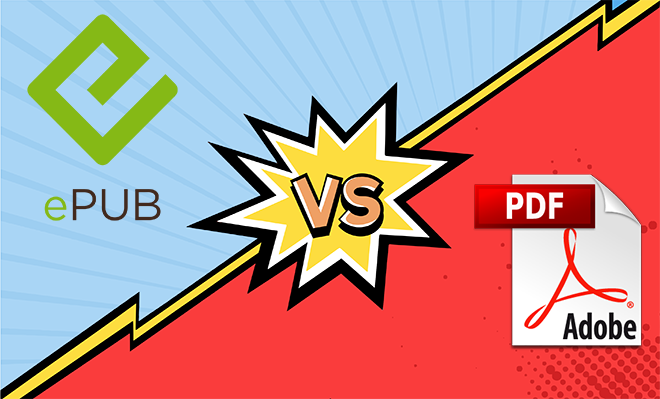Enhancing Navigation and Indexing in PDFs from ePubs
Enhancing navigation and indexing in PDFs converted from ePubs is crucial for providing readers with a user-friendly and efficient reading experience. Here are steps and considerations to achieve improved navigation and indexing:
1. Create a Table of Contents (TOC):
- Generate an interactive table of contents that links to various sections, chapters, or topics in the PDF. Ensure that chapter titles and headings are accurately reflected in the TOC.
2. Hyperlink Cross-References:
- Hyperlink references within the document to make it easy for readers to jump between sections or pages. Ensure that hyperlinks are descriptive and intuitive.
3. Bookmarks:
- Utilize bookmarks to create a hierarchical structure that mirrors the document’s table of contents. Readers can use bookmarks to quickly navigate to specific chapters or sections.

4. Page Thumbnails:
- Include page thumbnails for a visual overview of the document’s content. Thumbnails make it easier for readers to locate specific pages or sections.
5. Indexing:
- Create an index at the end of the PDF that lists important terms, concepts, or subjects covered in the document. Each entry should link to the relevant pages.
6. Metadata:
- Ensure that metadata such as document title, author, keywords, and copyright information is embedded in the PDF to aid in document identification and organization.
7. Cross-Document Links:
- If your ePub contained links to external resources or other documents, confirm that these links are functional in the PDF format.
8. Document Structure Tags:
- Use document structure tags (e.g., headings, subheadings, lists) to define the hierarchy of content in the PDF. This improves accessibility and allows screen readers to navigate the document.
9. Alt Text for Images:
- Add descriptive alt text for images and graphics to make the content accessible to visually impaired readers who use screen readers.
10. Page Labels:
css
- Apply page labels to ensure that page numbers are consistent with the original ePub, especially if the document is a continuation from a printed or previous version.
11. Searchable Text:
sql
- Ensure that the PDF is searchable, allowing readers to use the built-in search functionality of PDF readers to find specific keywords or phrases within the document.
12. External Links Warning:
kotlin
- If your ePub had external links that may not work within the PDF (e.g., internet references), consider adding a notice or disclaimer informing readers about this limitation.
13. User Testing:
vbnet
- Conduct user testing to evaluate the navigation and indexing features from the reader's perspective. Gather feedback and make improvements based on user input.
14. Interactive Features:
mathematica
- If your ePub contained interactive elements (e.g., forms, quizzes), assess whether they can be converted or replaced with PDF-compatible alternatives.
15. Version Control:
bash
- If the document has multiple versions or revisions, consider implementing version control features in the PDF to help users access the correct version.
16. Documentation:
arduino
- Maintain documentation of the navigation and indexing enhancements made during the conversion process. This documentation aids in reproducing the improvements in future conversions.
Conclusion
Enhancing navigation and indexing in PDFs converted from ePubs is essential for an improved reader experience. Key strategies include creating a table of contents (TOC), hyperlinking cross-references, adding bookmarks, using metadata, and ensuring searchable text. Additional tips involve incorporating interactive features like page thumbnails and user annotations, providing print-friendly layouts, and enabling advanced search options. User guides, legal disclaimers, and multilingual support can further enhance usability. Customizing navigation and indexing elements according to reader preferences and content complexity is crucial for a successful PDF conversion from ePubs.
Enhancing navigation and indexing in PDFs from ePubs improves document usability, accessibility, and reader satisfaction. By incorporating these features, you can make the content more accessible and ensure that readers can efficiently locate and reference information within the document.






